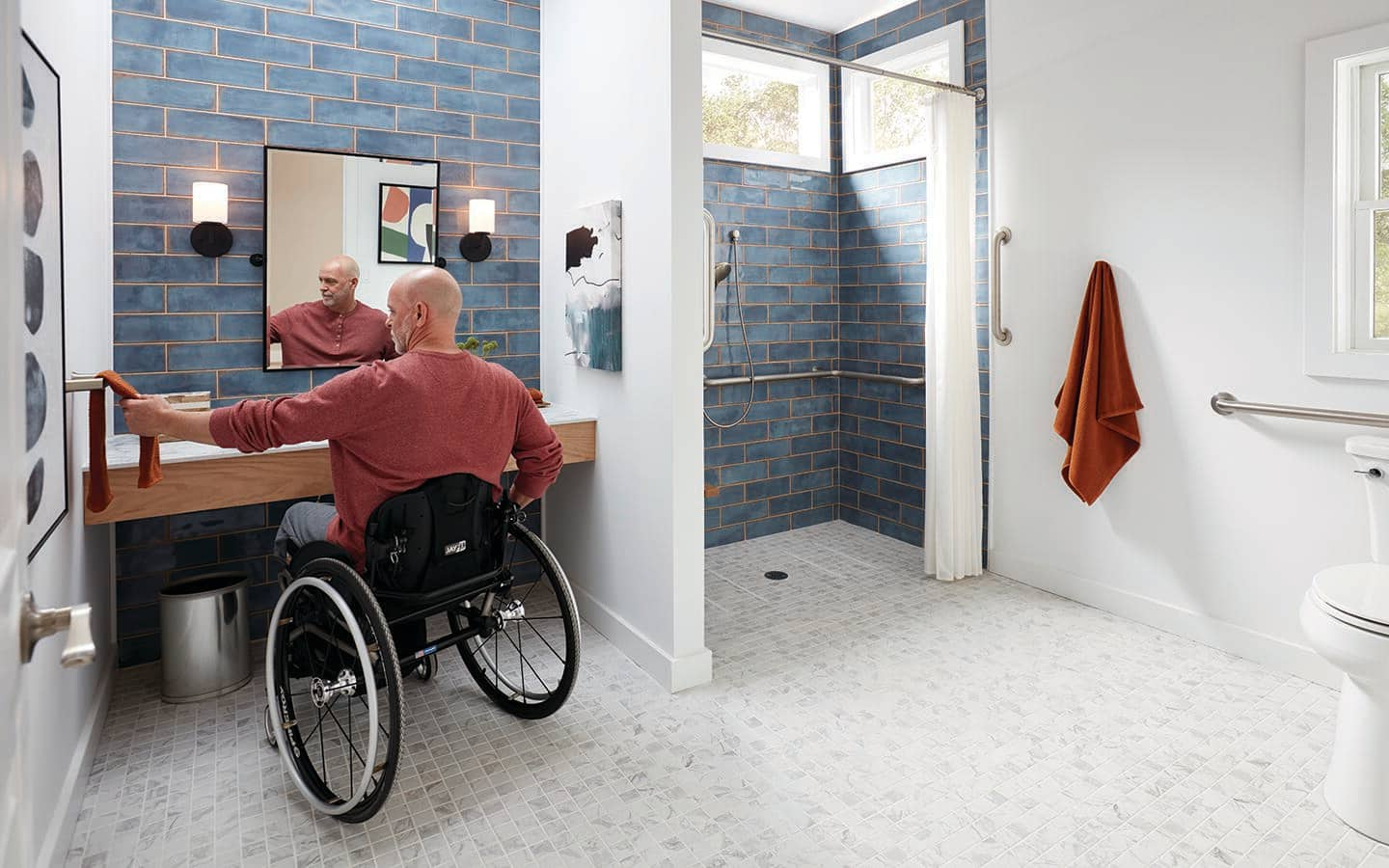Creating an ADA-friendly sunroom is a rewarding endeavor that not only enhances the beauty of your home but also ensures that it is accessible to everyone, including individuals with disabilities. As more homeowners seek to make their homes more accommodating, the concept of designing spaces that are both beautiful and ADA-compliant is gaining popularity. In this article, we will explore various ADA-friendly sunroom ideas that you can incorporate into your home to create a welcoming and accessible environment for all.

Understanding ADA Compliance
Before diving into the specific sunroom ideas, it is crucial to understand what ADA compliance entails. The Americans with Disabilities Act (ADA) provides a set of guidelines that ensure spaces are accessible to individuals with disabilities. These guidelines cover various aspects such as entrance accessibility, clear passageways, and accessible amenities.
Designing an Accessible Entrance
The entrance to your sunroom should be easily accessible to everyone. Consider installing ramps or threshold ramps if there are steps leading to your sunroom. Ensure that doorways are wide enough to accommodate wheelchairs, ideally 36 inches or more. Using sliding doors can also be beneficial as they are easier to operate for individuals with limited mobility.
Flooring Considerations
When selecting flooring for your ADA-friendly sunroom, opt for materials that are slip-resistant and easy to maintain. Non-slip tiles or low-pile carpets are excellent choices. Ensure that the flooring is level and free from any tripping hazards, such as sudden height changes or loose rugs.
Non-Slip Surfaces
Non-slip surfaces are essential in preventing accidents, especially in areas that may become wet or humid. Consider using textured tiles or treated wood surfaces that provide traction and minimize the risk of slips and falls.
Furniture Arrangement
The arrangement of furniture in your sunroom should allow for easy navigation. Ensure that there is ample space between furniture pieces to accommodate wheelchair movement. Avoid clutter and choose furniture with rounded edges to prevent injuries.
Lighting Solutions
Proper lighting is a crucial aspect of an accessible sunroom. Utilize a combination of natural and artificial lighting to create a well-lit environment. Consider installing motion-sensor lights or smart lighting systems that can be easily controlled by individuals with limited mobility.
Natural Light
Maximize the use of natural light by incorporating large windows or skylights. This not only enhances the aesthetic appeal of the sunroom but also reduces the need for artificial lighting during the day.
Temperature Control
Maintaining a comfortable temperature is essential for creating an inviting sunroom. Consider installing a programmable thermostat that can be easily adjusted. Additionally, ensure that the sunroom is well-insulated to prevent extreme temperature fluctuations.
Ventilation
Proper ventilation is important in maintaining air quality and comfort. Consider using ceiling fans or installing windows that can be easily opened to allow fresh air circulation.
Accessible Features
Incorporate accessible features such as adjustable shelving, accessible outlets, and lever-style door handles. These features make the sunroom more user-friendly for individuals with mobility challenges. For ideas on how to incorporate these features, check out our accessible wall decor guide.
Incorporating Nature
Bring the outdoors in by incorporating indoor plants and nature-inspired decor. This not only enhances the visual appeal of the sunroom but also promotes a sense of tranquility and well-being.
Indoor Plants
Select low-maintenance plants that thrive in indoor environments, such as succulents or peace lilies. Ensure that the plants are placed at accessible heights for easy care.
Entertainment and Relaxation
Your sunroom should be a space for relaxation and enjoyment. Consider incorporating entertainment options such as a small library, a sound system, or a television. Ensure that all controls are accessible to individuals with limited mobility.
Relaxation Zones
Create distinct relaxation zones within the sunroom, such as a reading nook or a conversation area. Use comfortable seating options that cater to individuals of all abilities.
Safety Measures
Safety should always be a priority in any home design. Install smoke detectors and ensure that emergency exits are clearly marked and accessible. For more safety tips, refer to our ADA-compliant emergency preparedness guide.
Conclusion
Designing an ADA-friendly sunroom is an investment in creating a home that is welcoming and inclusive for all individuals. By incorporating these ideas, you can ensure that your sunroom is not only beautiful but also accessible and functional. Remember, the goal is to create a space that everyone can enjoy safely and comfortably.

FAQs
What is an ADA-friendly sunroom?
An ADA-friendly sunroom is a sunroom designed to be accessible to individuals with disabilities, following the guidelines set by the Americans with Disabilities Act (ADA).
How can I make my sunroom accessible?
You can make your sunroom accessible by ensuring wide doorways, using non-slip flooring, arranging furniture for easy navigation, and installing accessible features like lever handles and adjustable shelving.
Why is ADA compliance important in home design?
ADA compliance is important in home design because it ensures that spaces are accessible and safe for individuals with disabilities, promoting inclusivity and independence.
For more information on ADA compliance, you can visit Portage Housing.
This article contains affiliate links. We may earn a commission at no extra cost to you.

